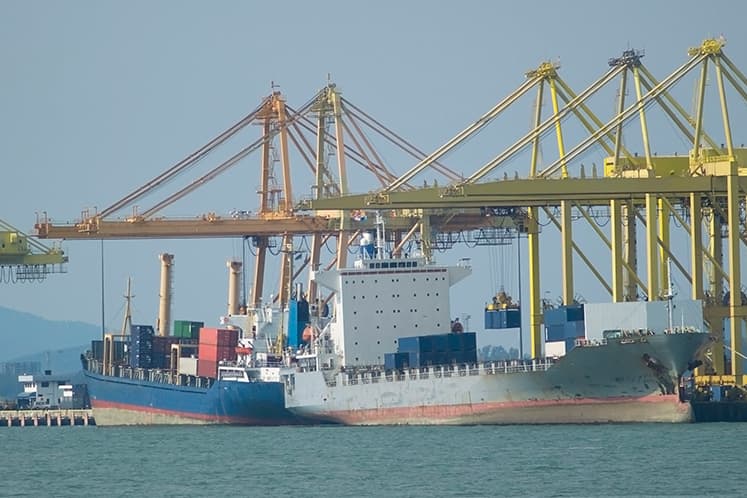
KUALA LUMPUR (March 23): As exports account for 71% of gross domestic product (GDP), Malaysia’s highly open economy will be vulnerable to US trade protectionism and a sharper slowdown in China, Nomura’s Global Markets Research said in an anchor report on risks and vulnerabilities in emerging markets.
“We estimated its ultimate exposure to the US — including via intermediate goods to China for assembly into final products destined for the US — at 10% of GDP, about half of which is in electronics products.”
It estimated another 8% (of GDP) is exposed to China’s final demand.
On the level of foreign ownership in Malaysian government securities (MGS), Nomura said it remains relatively high, falling slightly to 45% of outstanding papers from 47% in 2016.
The overall level of external debt stands at 65% of GDP with much of the remaining foreign currency portion hedged naturally with export earnings or financial instruments, as indicated by Bank Negara Malaysia (BNM) in its 2016 annual report.
Noting that any decline in oil prices should be manageable, Nomura explained that every US$10 decline in the price of oil is estimated to narrow the trade surplus by 0.4% of GDP, mainly via the exports of liquefied natural gas (LNG), which make up 4% of total exports.
Also, broad-based commodity price declines that include palm oil (8% of total exports) would still pose a significant negative terms-of-trade shock.
US dollar hoarding would impact basic balance positions in Asia, but Malaysia and Indonesia are also vulnerable to foreign debt outflows.
Touching on policy responses, Nomura anticipates market concerns over whether BNM would impose more administrative measures on the currency to persist because of its limited foreign exchange (FX) reserve buffer. Moreover Malaysia’s import cover is among the lowest in ASEAN at an estimated 6.1 months of imports of goods and services.
“That said, we believe (the) authorities are more likely to allow (the) ringgit to adjust to boost export competitiveness,” it opined, adding there is room for BNM to adjust its monetary policy stance.
It sees scope for another 25 basis points rate hike if necessary, given GDP growth is forecast at a relatively strong 5.5% this year underpinned by robust domestic demand.
It observed a potential measure to offset the impact of capital outflows on domestic liquidity was to trim the statutory reserve requirement ratio — currently at 3.5%.
“Fiscal policy is more hamstrung, with public debt to GDP at 51% against a self-imposed ceiling of 55%,” said Nomura.
Even so, it does not expect the government to deviate from its medium-term fiscal consolidation agenda, "although it could adjust the pace of consolidation.”